World’s largest mountain ranges, different types of mountains, and formation
A mountain range is a series or chain of mountains that are close together and A mountain is a large landform that rises above the plain area land, usually in the form of a peak.
A mountain is generally sharper and slopier than a hill. Mountains are formed through tectonic forces which are basically continental plate collisions. These forces raise the surface of the earth. Mountains usually have sloping sides and sharp ridges and steep, and a high point
called a peak or summit. A mountain is a landform that rises at least 1,000 feet or more above its surrounding area according to experts and geologists.
Three main characteristics of mountains: are volcanic, fold, and block. All three types are formed from plate tectonics forces, when portions of the Earth’s crust move, are crushed, and dive. The height of the above surface makes it either a hill or, if higher and steeper, a mountain.
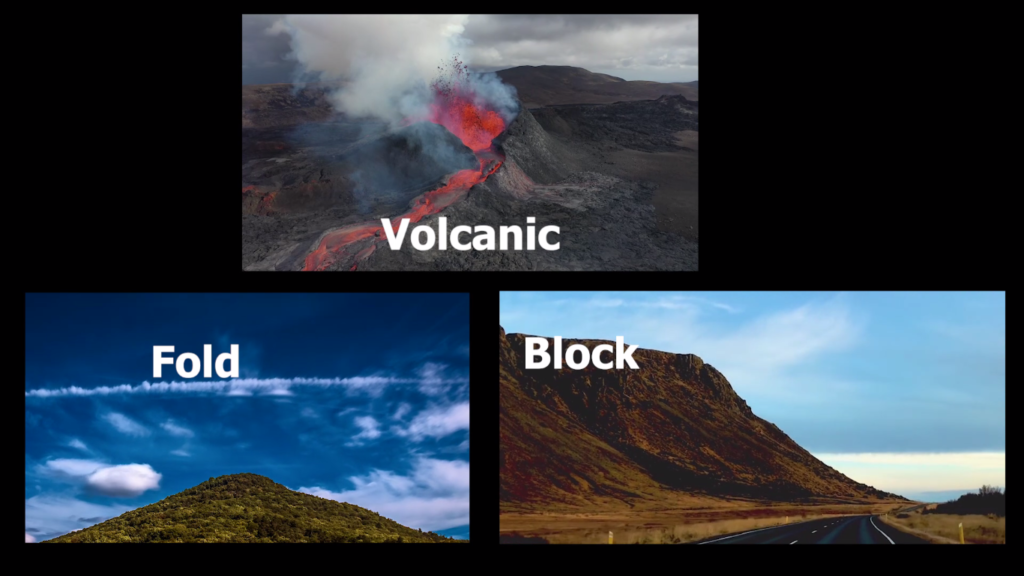
Full video Link – https://www.youtube.com/watch?v=laOshcEXPPE
Volcanic Mountains
A mountain formed due to volcanic activity is called a Volcanic mountain. Composite cones or stratovolcanoes are the most important types of volcanic mountains.
Mount Kilimanjaro
Mount Kilimanjaro is a dormant volcano in Tanzania. In Kilimanjaro, there are three volcanic cones: Kibo, Mawenzi, and Shira. It is the best mountain in Africa and the very best single free-standing mountain above sea level (Mauna Kea measured from the ocean ground is higher) withinside the world: 5,895 meters (19,341 ft) above sea stage and approximately 4,900 meters (16, a hundred ft) above its plateau base. It is the best mountain in Africa and the Eastern Hemisphere. This mountain is a part of Kilimanjaro National Park and is a hiking and climbing attraction destination. due to global warming glaciers and ice fields are shrinking, which are projected to disappear between 2025 and 2035, it has been the subject of many scientific studies.
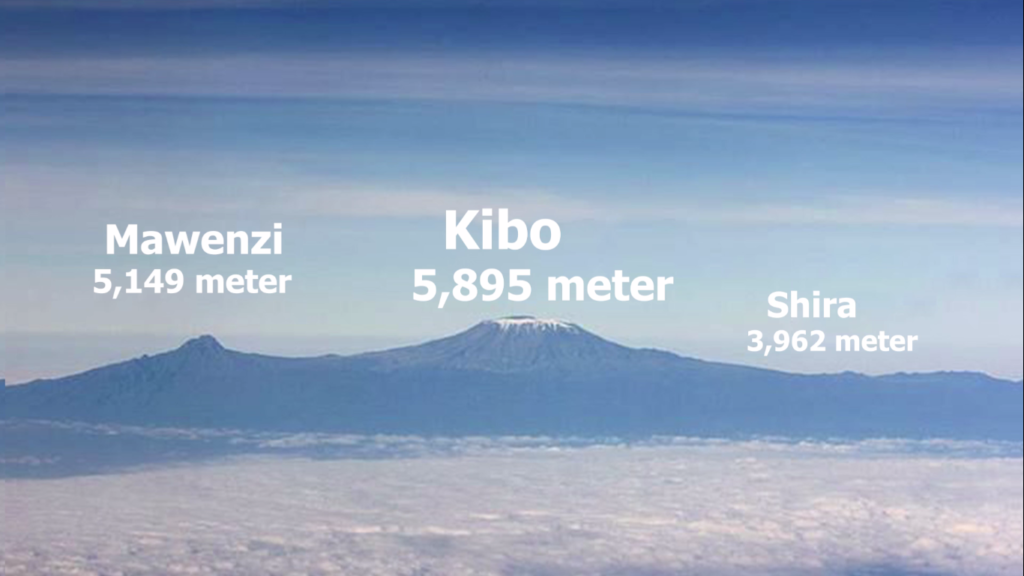
Japan’s Mt. Fuji
The famous name “Is Fuji-san. It is an active volcano about 100 kilometers from Tokyo’s southwest. A height of 3,776 meters makes this mountain country’s tallest peak. A pilgrimage site with a history of more than 100 years, it’s considered one of Japan’s 3 most sacred mountains, and summit hikes remain a famous activity.
Mount Tate and Mount Haku are Japan’s main holy mountains among three sacred mountains. Special Place with natural beauty and one of Japan’s Historic Sites.
Mount Vesuvius
Mount Vesuvius is a somma-stratovolcano in Campania, Italy, about 9 km east of Naples and close to the shoreline. It is one of several volcanoes which form the Campanian volcanic curve. According to Encyclopedia Britannica Vesuvius is 4,203 feet (1,281 meters) tall, After each eruption of lava, the size of the cone changes. The volcano also has a semicircular ridge called Mount Somma that rises to 3,714 feet high.
Fold Mountains
Fold mountains occur when two plates collide. Fold Mountains are created from the folding of crust and uprising of the sediments from the rivers-driven material of continents, some fold mountains are :
The Himalayas
The Himalayas are a free-standing mountain range in Asia that is between the Indian subcontinent’s plains and Tibetan Plateau. A major portion of the crust beneath the Himalayas is still being folded. Mount Everest is the top of the Himalayas as well as the highest peak in the world. More than 100 peaks approximately 7,200 m (23,600 ft) in elevation lie in the Himalayas. By contrast, the highest peak outside Asia (Aconcagua, in the Andes) is 6,961 m (22,838 ft) tall. on the north by the Tibetan Plateau, and on the south by the Indo-Gangetic Plain. The Indus, Ganges, and Tsangpo-Brahmaputra rivers all rise near the Himalayas, and their combined drainage basin is home to 600 million people; the Himalayas itself is home to 53 million people. The Himalayas have had a significant impact on the cultures of South Asia and Tibet. Many Himalayan peaks are considered sacred in Hinduism and Buddhism, and the summits of several of them—Kangchenjunga (from the Indian side), Gangkhar Puensum, Machapuchare, Nanda Devi, and Kailas in the Tibetan Transhimalaya—are off-limits to visitors. According to the Hindu religion, Himalaya, in Sanskrit means, “Abode of Snow” and is also admired as the abode of Shiva. Several shrines and temples are located here in the region. He is a widely popular deity here.
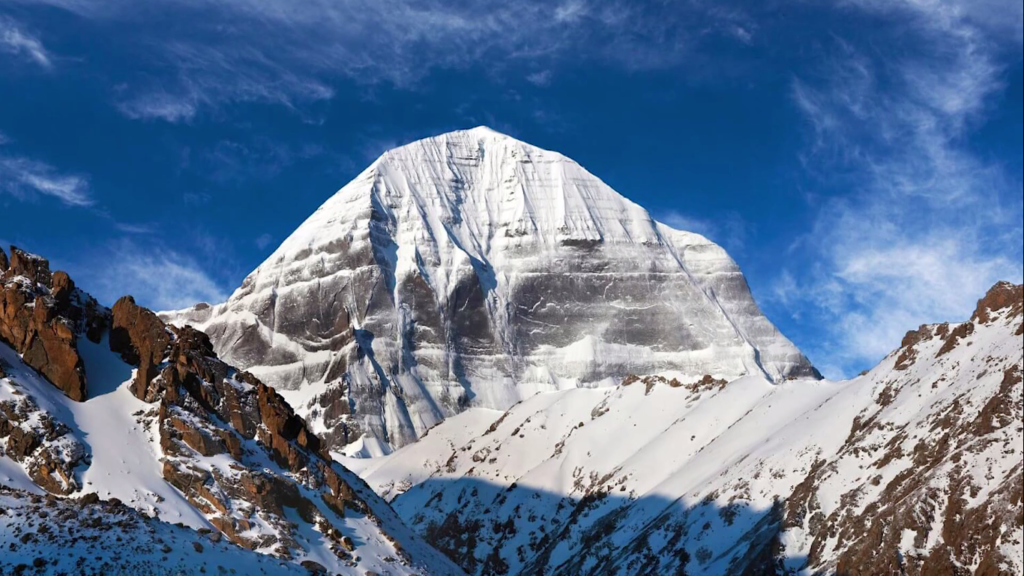
Alps
The youngest mountain range alps formed approximately 65 million years ago in Europe. Lake Geneva, Lake Constance, and Lake Como are three lakes called Alpine lakes, including the stunning Lake Geneva, Lake Constance, and Lake Como. The Alps dominate mountain ranges in central Europe, including parts of Italy, France, Switzerland, Liechtenstein, Austria, Slovenia, Germany, and possibly Hungary. The Alps are the highest and the Alpine arch is Europe’s most extensive mountain range system, stretching from Nice on the western Mediterranean to Trieste on the Adriatic and Vienna at the beginning of the Pannonian Basin. African and Eurasian tectonic plates collided as mountains were formed tens of millions of years ago. Mont Blanc is the highest peak in the Alps and Western Europe, rising 4,807.81 meters above sea level.
The Andes
Andes Mountains or Andean Mountains are the longest continental mountain range in the world, forming a continuous hill range along the western corner of South America. Mountain ranges are 6,999 km (4,349 mi) long, 200 to 700 km (124 to 435 mi) wide (widest between 18°S – 20°S latitude), and have an average height of about 4,000 m (13,123 ft). The Andes cover north to south seven South American countries: Venezuela, Colombia, Ecuador, Peru, Bolivia, Chile, and Argentina. Aconcagua is the top point in the Western Hemisphere. It is more than 6,706 meters (22,000 feet) high, the exact height is the subject of debate in Mountain research.
It is more than 6,706 meters (22,000 feet) tall, though the exact height of its highest peak is debatable.
The Ural Mountains
The Ural Mountains, also known as the Urals, Russian Uralskie Gory, or the Ural, are a mountain range in west-central Russia that forms a rugged spine and forms the majority of the traditional physiographic boundary between Russia, Europe, and Asia. The Urals are among the world’s oldest mountain ranges, approx at 300 million years age-old. The Ural Mountains are recognized as a type of fold mountain. They were formed during the Uralian plate’s collision of the eastern edge Euramerica of the supercontinent with Kazakhstani. The Range is 175 km long and the highest point is Mount Narodnaya, known as People’s Mountain, at 1,894 meters.
Block Mountains
When large areas are broken and displaced vertically, These can be small or form extensive rift valley systems.
Some great examples of Block Mountains are the Great African Rift Valley (valley floor is graben), The Rhine Valley (graben) in Germany, the Vosges mountain in France, the Sierra Nevada in the USA, and the Harz mountains in Germany are examples of block mountains.
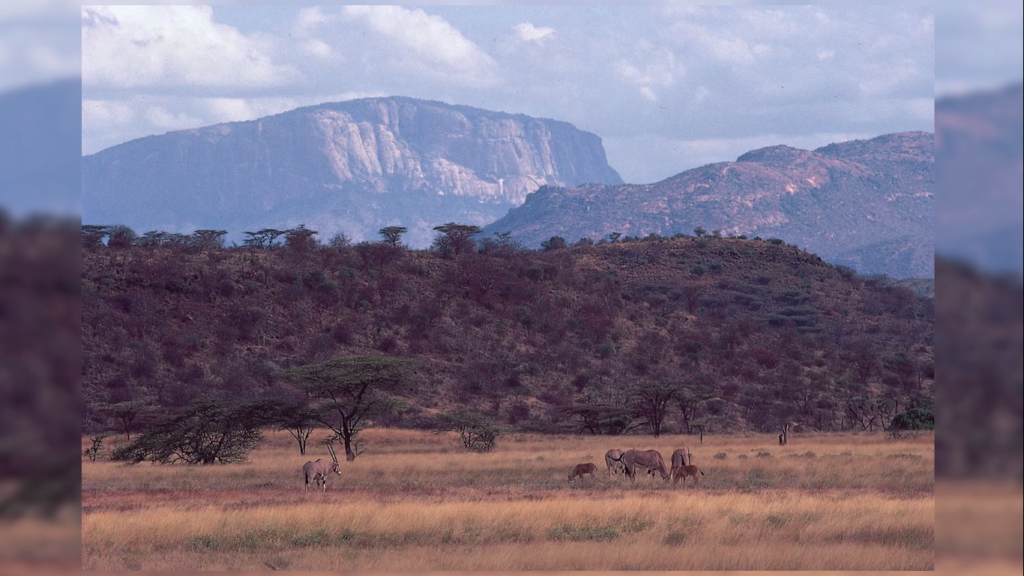
Well, this is enough for a mountain encyclopedia. You want to support the information provided by maya. Please comment below and share with others.

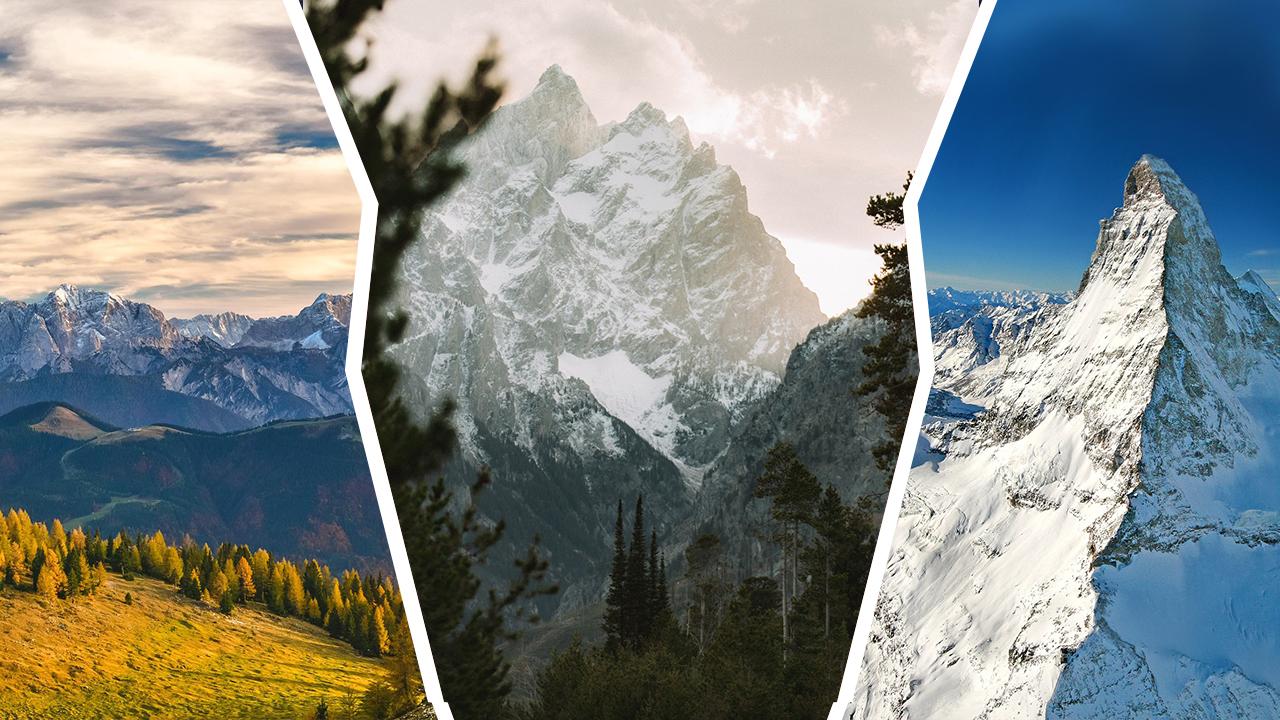

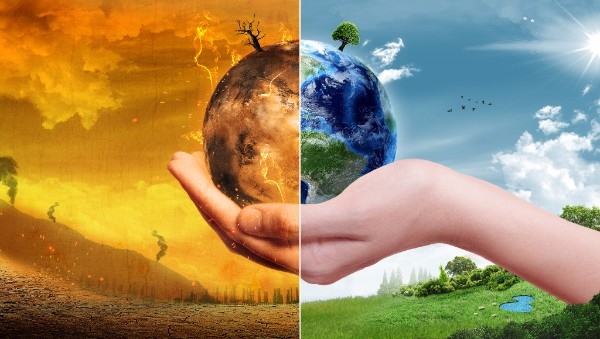
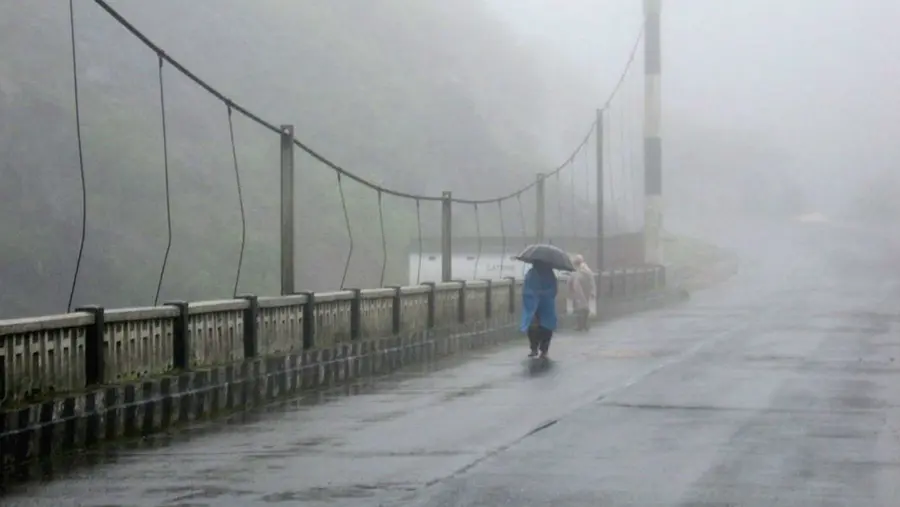
Thank you for your sharing. I am worried that I lack creative ideas. It is your article that makes me full of hope. Thank you. But, I have a question, can you help me?
otele gelen ucuz escort bayan ile tıklayın
arabada ucuz veren escort burada tıkla ve ulaş ona
en iyi balık etli escort burada tıkla ulaş ona
ucuz vip ulaşabilceğin escort bayan
en iyisinde güzel rus escort bayan
Thank you for your sharing. I am worried that I lack creative ideas. It is your article that makes me full of hope. Thank you. But, I have a question, can you help me? https://www.binance.info/join?ref=V2H9AFPY
Thanks for sharing. I read many of your blog posts, cool, your blog is very good. https://www.binance.com/zh-TC/register?ref=GJY4VW8W
Thanks for sharing. I read many of your blog posts, cool, your blog is very good.
Thanks for sharing. I read many of your blog posts, cool, your blog is very good.
Your point of view caught my eye and was very interesting. Thanks. I have a question for you.